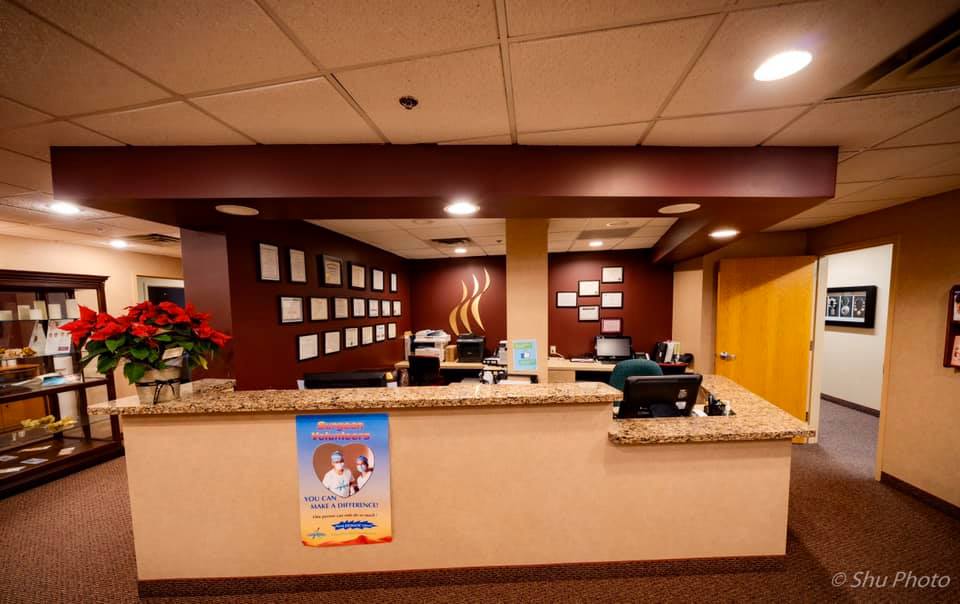Nail Anatomy
A nail covers the dorsal aspect of the distal parts of fingers and toes. The nails are made of a tough protein called keratin. The matrix is the tissue which the nail protects. It is the part of the nail bed that contains nerves, lymph and blood vessels. The matrix is responsible for producing cells that become the nail plate. The width and thickness of the nail plate is determined by the size, length, and thickness of the matrix. The paronychium is the border tissue around the nail and paronychia is an infection in this area.
Function
A nail has the function of protecting the distal phalanx from injuries. It also serves to enhance the sensitivity of the fingertip. Finally, the nail functions as a tool for the extended precision grip”.
Growth
The growing part of the nail is under the skin at the nail’s proximal end. In humans, fingernails grow up to four times faster than toenails. In humans, nails grow at an average rate of 3 mm a month. Fingernails require three to six months to regrow completely, and toenails require 12 to 18 months. Actual growth rate is dependent upon age, sex, season, exercise level, diet, and hereditary factors.
In contrast to the general believing that the nail is an impermeable barrier, it is much more permeable than the skin, and the composition of the nail includes 7-12% of water. This permeability has implications for penetration by harmful and medicinal substances.
Effect of nutrition
A lack of vitamin A, vitamin D, and calcium can cause dryness and brittleness. Not enough B12 vitamin can lead to excessive dryness, darkened nails, and rounded or curved nail ends. Insufficient intake of both vitamin A and B results in fragile nails with horizontal and vertical ridges. Protein is a building material for new nails; therefore, low dietary protein intake may cause white nail beds. A lack of protein combined with deficiencies in folic acid and vitamin C produce hangnails. Essential fatty acids play a large role in healthy skin as well as nails. Splitting and flaking of nails may be due to a lack of linoleic acid. Iron-deficiency anemia can lead to a pale color along with a thin, brittle, ridged texture.
Nail and cold weather in Minnesota
If you live in Minneapolis and St Paul areas, you have more chance to develop the skin and nail problems in the winter time. Your nails are made of the same proteins as skin, which loses moisture during cold weather in Minnesota. Not only that, you’re probably drinking less water, and your hands are more likely to be exposed to wind and cold, and your oil glands aren’t secreting as much as they do in warmer seasons. Then you may over wash your hands more during cold and flu season. Experts recommends rubbing vitamin E oil or shea butter cream into your nails and cuticles once or twice a day , and making sure to drink enough water. Wash your hands with a nonsoap cleanser or a hydrating, and apply a rich cream before slipping on moisturizing gloves you wear to bed.












